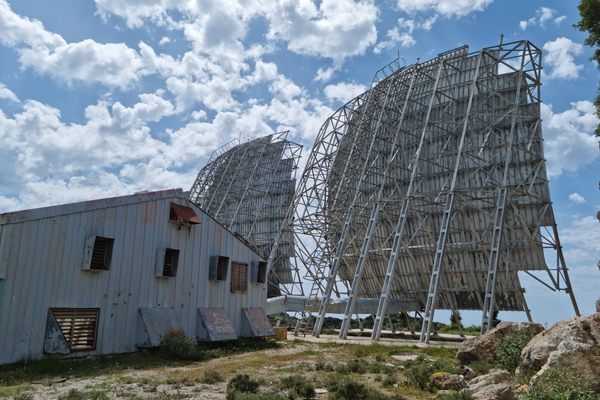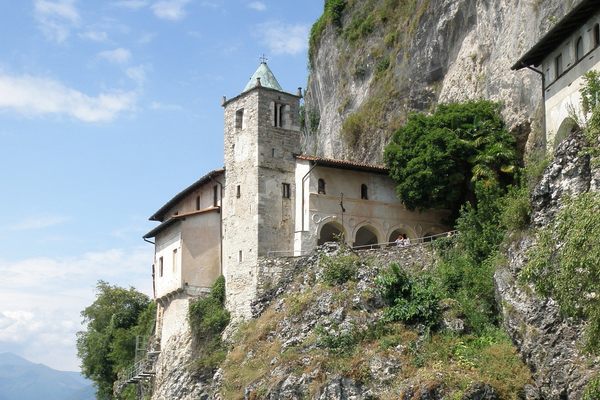Monastery of Panagia Faneromeni
After being destroyed by two separate fires, this monastery is now home to a small zoo and relics from dozens of saints.
While Saint Paul the Apostle was traveling through Greece in year 63 to spread the Gospel of Christianity, he sent several of his followers to the island of Lefkada. One of these followers was Sosion, who Paul ordained as the first Bishop of Lefkada. When Sosion arrived at Lefkada, he visited a pine-forested hill in the area of Frini that was the site of a ruined ancient temple dedicated to Artemis. It was here that he and two priests decided to build a small church dedicated to the Virgin Mary.
The site became a Ceonobic Monastery and expanded in 1634. In 1734 while under Venetian rule, the monastery grew once more. The monastery suffered tragedy in 1886-1887 when it was caught in the blaze of a forest fire on the island. It was reconstructed to its previous state, and continued to serve the community until 1948. That year, a massive earthquake struck the island and the monastery once again caught fire. It subsequently fell into disrepair.
When Abbott Nikephoros (the current Abbott) took over in the 1980s, he and several others spent decades renovating the property until it was again suitable for visitors. Together they rehabilitated the garden and constructed a large courtyard complete with a small zoo. They also added a library, chapel (dedicated to St. Silouan the Athonite, one of Sosion’s priests), multiple guestrooms, a small nautical museum, and a larger three-floor Ecclesiastical museum exhibiting rare icons and manuscripts. There are even relics that belonged to St. Arsenius of Cappadocia, St. Silouan the Athonite, and St. Macrina the Younger just to name a few.
Know Before You Go
The monastery is open 8:00 a.m.– 2:00 p.m. and 4:00 p.m. and 7:00 p.m. daily. There is a feast during many of the prominent Marian feast days and on the Monday of the Holy Spirit (Monday after Pentecost).
Dress codes vary from church to church in Greek Orthodoxy. If you wish to enter the church, a proper show of respect to the abbot and monks is achieved by modest clothing and proper behavior. For men, shorts, tank tops/sleeveless shirts and sandals/flip flops are frowned upon. Women's shoulders should not be shown in the church, so anything strapless or with thin straps should be avoided. Skirts and dresses should at a minimum come below the knee. Some churches ask that no legs be shown. Feet should be on the ground when seated, as it's considered insulting for feet to face holy images.
































Follow us on Twitter to get the latest on the world's hidden wonders.
Like us on Facebook to get the latest on the world's hidden wonders.
Follow us on Twitter Like us on Facebook